When a flow (throttle) element is interposed in a closed passage of fluid in piping, a difference is produced between the pressure upstream and downstream of the throttle element as illustrated in fig 1. This difference (h=p1-p2) is called differential pressure.
Differential Pressure
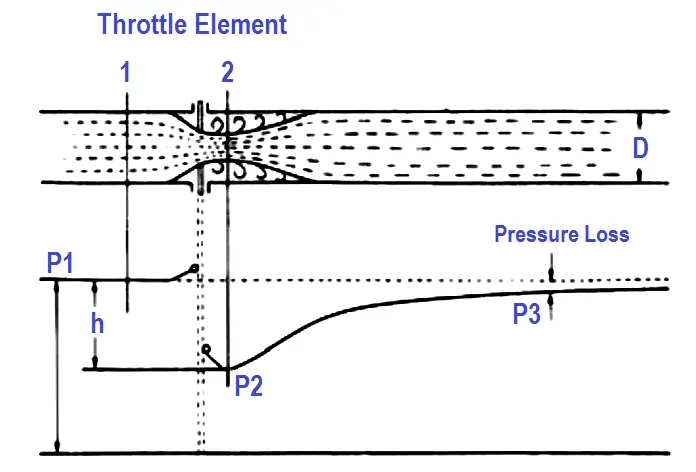
The fluid passing through section 2 gradually regains its pressure as it flows downstream, but the downstream pressure cannot be recovered up to the upstream pressure, part of the pressure being lost. This loss is called pressure loss (permanent pressure loss= p1-p3).
The extent of this pressure loss depends on the type of throttle elements and their open area ratio, as shown in Fig 2.
The relation between the flow rate and the differential pressure is given by:
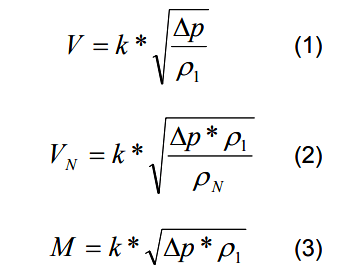
with:
V [m³/h]: volume rate of flow at density under operating conditions
VN [Nm³/h]: volume rate of flow at density under standard conditions
M [kg/h]: mass flow
Δp [kg/m²]: differential pressure
ρ1 [kg/m³]: density under operating conditions
ρN [kg/Nm³]: density under standard conditions
k: coefficient (determined by type and size of throttle element.
Relation Between Flow Rate and Differential Pressure
From the above, the relation between the flow rate and the differential pressure where the density is constant but the flow is rate is variable is as listed in Table 1.

In other words, the flow rate is obtainable by measuring the differential pressure.
When the density is variable (when pressure and temperature are variable), the true flow rate can be given by compensating the rate of the density by the above equations (this, however, is not applicable when the density varies to a great extent).

Source: bhb
If you liked this article, then please subscribe to our YouTube Channel for Instrumentation, Electrical, PLC, and SCADA video tutorials.
You can also follow us on Facebook and Twitter to receive daily updates.
Read Next:
- Orifice Plate Requirements
- Drain & Vent Hole of Orifice
- Installation of Restriction Orifice
- Orifice Flow Meter Flange Rating
- What is Orifice Beta Ratio Value?



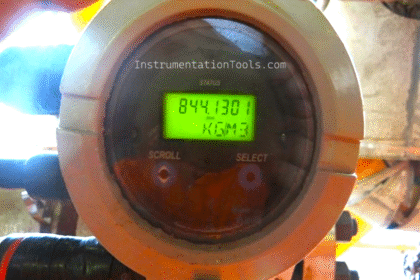
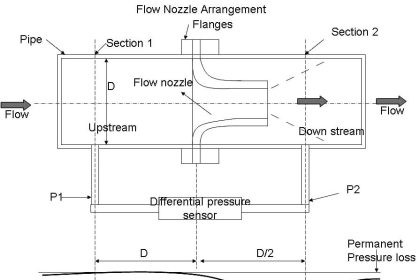
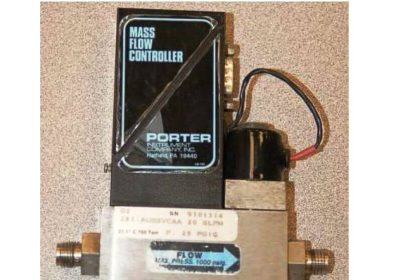
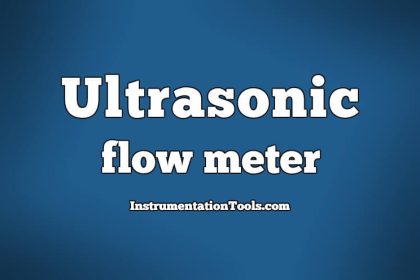
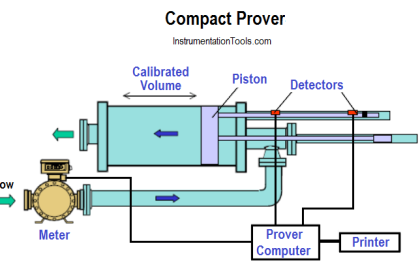
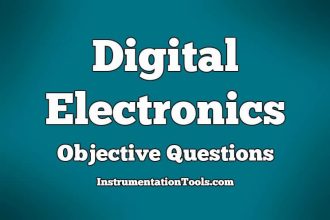

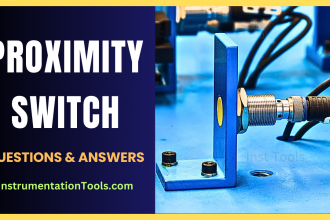

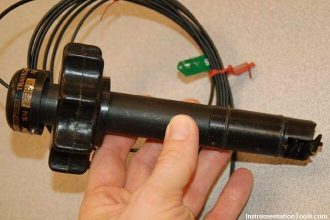


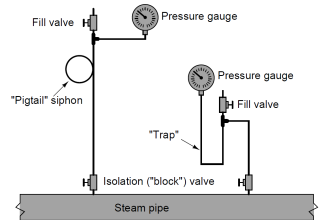

Nice to ur subject